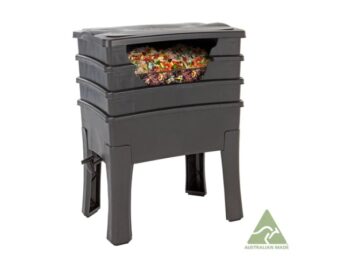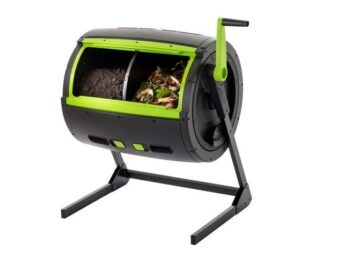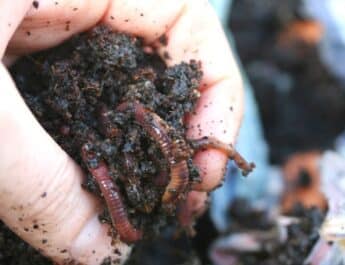Want to start a worm farm? Here’s everything you need to know about worm farm setup, from what they eat to how often you should feed them. Get all the info you need to get started with worms!
Introduction
Worms are amazing creatures that can help us break down organic matter and fertilize our plants. If you’re thinking of setting up a worm farm, there are a few things you need to know. In this blog post, we’ll cover everything you need to know about worm farming, from what they eat to where you can buy one. So, if you’re thinking of setting up a worm bin, we’ll go over what’s involved. Keep reading to learn more!
What do you need to set up a worm farm?
If you’re interested in creating a worm farm, there are a few key materials you’ll need to get started. Below, we’ve listed everything you’ll need to set up your worm farm and get started vermicomposting!
Worms
You’ll need about a pound of worms for every square foot of surface area in your worm bin. The most common type of worm used for vermicomposting is the red wiggler or Eisenia fetida. You can purchase red wigglers online or at your local bait and tackle shop.
Bedding material
Your worms will need soft bedding to live in. The bedding should be moist but not wet and made of organic materials like shredded newspaper, coco coir, or compost. A worm blanket is also a good idea for the top layer of the worm bin.
Worm Bin
You’ll need a worm bin to house your worms and their bedding. Worm bins can be made from recycled materials, or you can purchase a worm bin from a garden centre or online retailer.
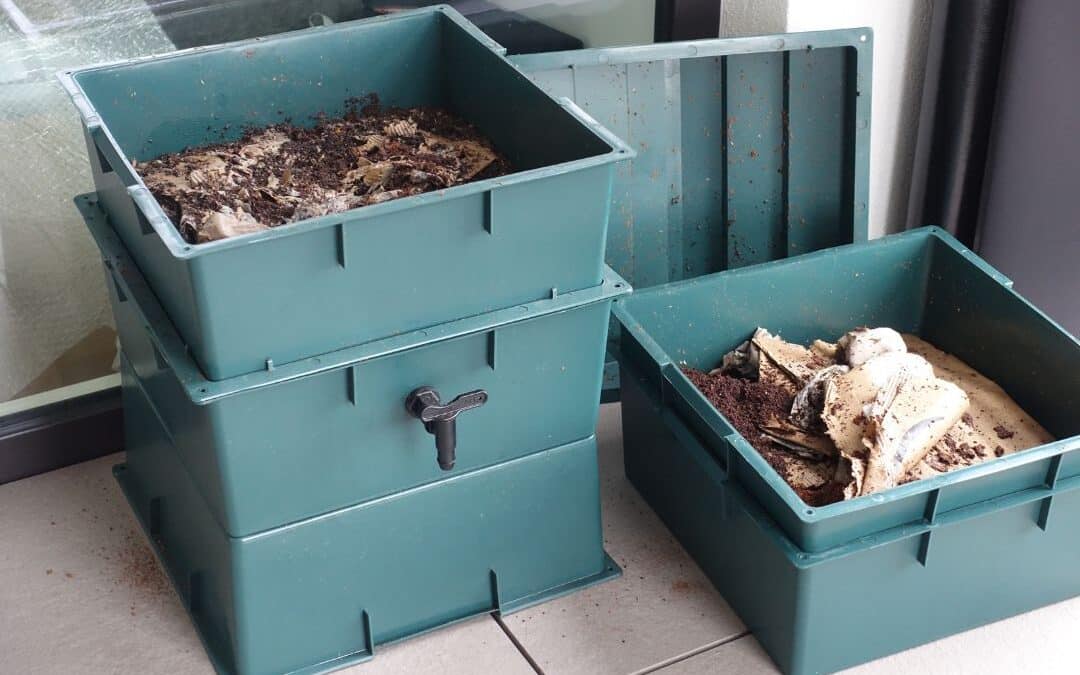
Food Scraps
Worm farms thrive on organic matter, so you’ll need to provide your worms with a steady supply of food scraps. Avoid feeding them meats, oils, or dairy products, as these can make your worm bin smell bad. The worm castings (worm waste), also known as worm tea or compost tea, will trickle down and can be emptied at the bottom and poured onto your garden as liquid gold!
Now that you know what materials you’ll need to get started, you can begin setting up your worm farm!
— Choose a location for your worm bin. It should be in a shady spot outdoors, as worms like to stay cool.
— Drill holes in the bottom of your worm bin for drainage.
— Add bedding material to your worm bin. Shredded newspaper or cardboard works well.
— Add your worms to the bin.
— Add food scraps to the bin; start with a small amount and gradually increase as your worms eat more.
— Cover the bin with a lid or piece of cloth (such as the worm blanket) to keep the contents moist.
— Check on your worm bin weekly to make sure the bedding is moist and the worms have enough food. Add more bedding or food as needed.
Now that you know what’s involved in setting up a worm farm, you can get started creating your own worm compost system!
“Commercially available ‘worm factories’ consist of two trays with perforated bases, which fit onto a collector tray with legs. The top tray holds the worms and bedding, the second tray holds the previous cycle’s worm-casts and the bottom collector tray collects the leachate liquid.”
agric.wa.gov.au/worm-farms
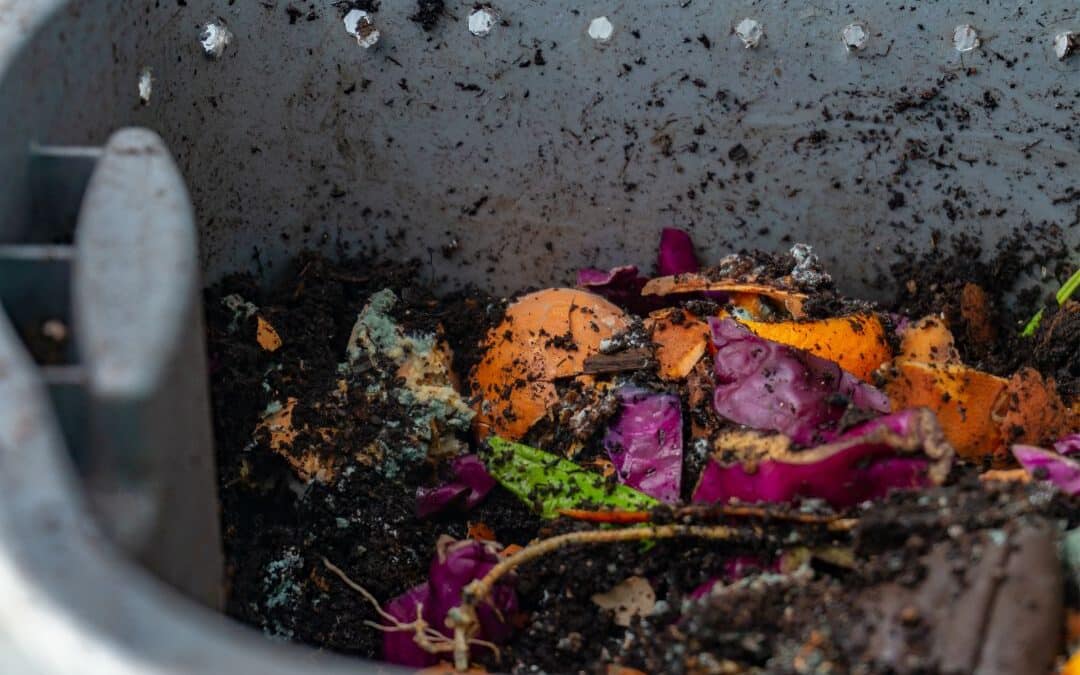
How many worms do you need to start a worm farm?
For every square foot of worm bin area, you’ll need about one pound of worms. In terms of the number of worms, that’s around 1,000 worms. This amount will give you a good basis to start your farm. If you are starting with fewer than 1,000 worms, you may not have enough to sustain a constant population. In case you want to start with fewer worms, try to get at least 800. This will give you a decent chance of sustaining a population. If you can’t get your hands on that many worms, don’t fret. You can always start with fewer and add more later. The bottom line is the more worms you have, the better. But don’t let a lack of worms stop you from starting your farm!
What is the best type of worms to use?
There are many different types of worms that can be used for vermicomposting, but the most common and recommended type is the red wiggler or Eisenia fetida. Red wigglers are easy to find and relatively inexpensive, making them a good choice for those just starting out with vermicomposting. Additionally, red wigglers are great at breaking down organic matter, so they’ll be able to quickly process the food scraps you add to your worm bin.
Similarly, Lumbricus rubellus, or redworms, are also commonly used for vermicomposting. While they’re not as easy to find as red wigglers, they’re still a good option if you can get your hands on them. Furthermore, earthworms and African nightcrawlers can also be used for vermicomposting, but they’re not as common because they’re not as effective at breaking down organic matter.
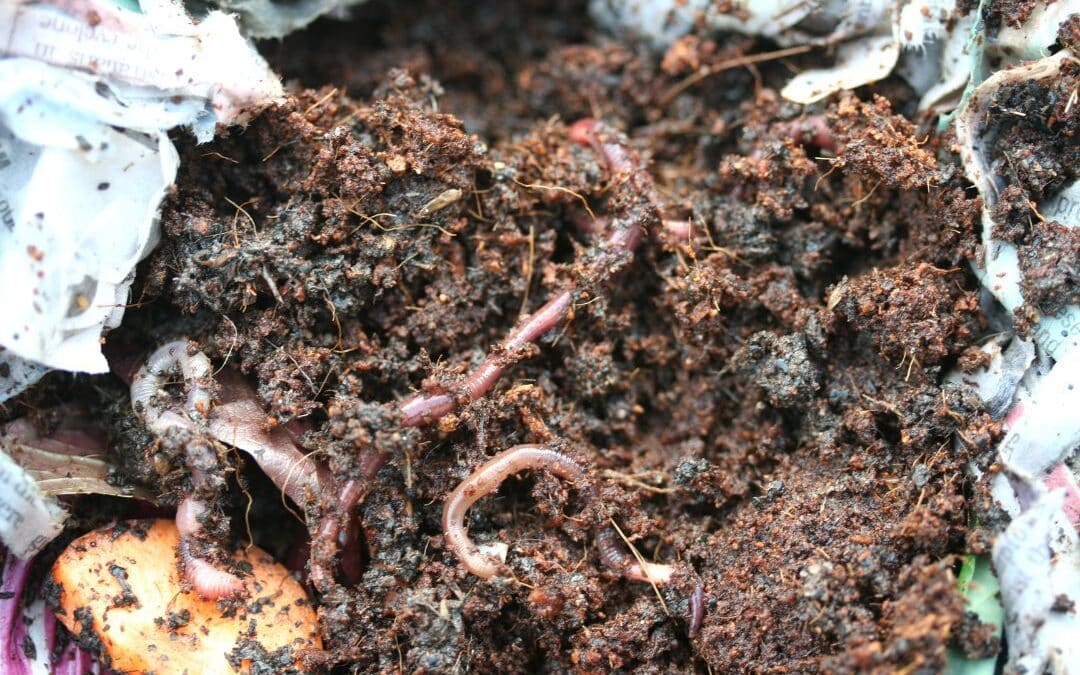
How long does it take for a worm farm to establish?
Building worm farms requires perseverance. A worm farm may take up to 3 to 6 months to reach peak productivity. The length of time will vary depending on the type of worms used, the size of the worm bin, the number of food scraps provided, and the temperature. Once it is set up, you may routinely add food scraps to the worm bin.
The worms will eat the organic material and turn it into compost that is nutrient-rich and can be used to fertilize your plants. Slugs and other garden pests can be managed with worm castings as well. Worm composting is a good technique to cut down on food waste and make something useful for your yard. A worm composting bin is easy to set up and maintain, and they provide numerous benefits for your plants and the environment.
If you have patience, worm farms can provide many benefits to your garden. They are easy to set up and maintain, and they provide numerous benefits for your plants and the environment.
What do you put in the bottom of a worm farm?
The best ratio for your worm farm is 3/4 bedding material and 1/4 food scraps. You can use things like potting mix, hay, dead leaves, coconut fibre, paper, soil, compost, pet bedding, or shredded cardboard as bedding. The bedding must be damp and permeable. The worm farm should also have a lid to keep the bedding moist and dark.
The worms will need a food source, so you should add kitchen scraps, garden waste, or manure to the worm farm regularly. Worms need a damp, dark, and permissive environment to live in. By providing these conditions, you can ensure a healthy worm population on your worm farm.
“Holes near the top of the tub allow air in for the worms to breathe. Holes near the bottom of the tub are to allow excess liquid to drain out of the box so the worms don’t drown. You can manage the liquid manually, but it is hard to get it just right, so holes make the bin easier to maintain. Both sets of holes are covered with a fine vinyl screen so the worms don’t escape.”
epa.gov/recycle
How often should I feed my worm farm?
Feed the worms once a week to every two days, depending on the size of your bin, with around a cup (240 ml) of food. To alter timings, quantities, and variety, you might wish to maintain a log of how quickly your worms devour various items. Overfeeding may be indicated by a stinking worm bin.
Worms are incredibly voracious eaters and can consume their body weight in food every day. If your worm bin starts to stink, it is an indication that you are overfeeding the worms. Worms need a constant food supply to survive. You should therefore be feeding them at least once a week, if not more frequently.
Kitchen scraps, garden trash, manure, and worm castings are just a few examples of the organic resources that should be part of your worm farm’s healthy diet. To the mixture, you may also add shredded paper or cardboard.
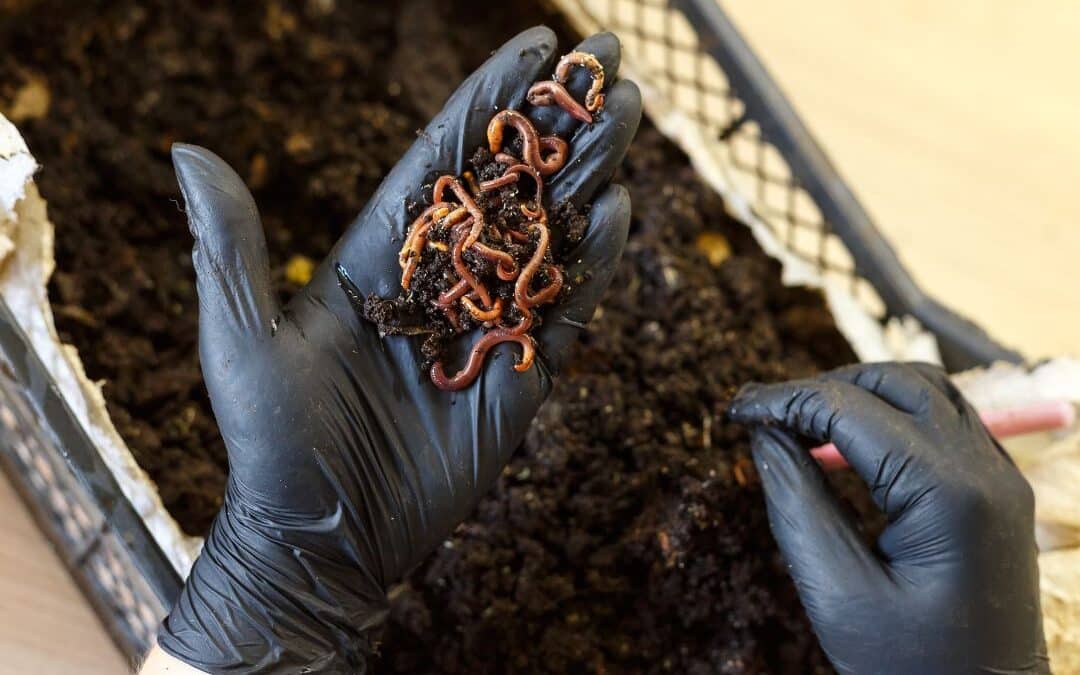
What do the worms eat?
Worms consume organic material. Every living thing eventually turns into food for worms. Fruits, vegetables, and dead and alive microbes are all examples of dead plant material. Worms also consume dead animals, kitchen scraps, garden debris, and manure are all viable food sources for worms.
Worms are not able to digest inorganic materials, such as plastic or metal. Nor can they eat bones, because these items do not rot. If you were to put these items in your worm bin, the worms would avoid them altogether.
Worms will also consume other living organisms, such as mites, springtails, and nematodes. These animals are generally too small for us to see with the naked eye and are an important part of the decomposition process. By consuming these smaller organisms, worms help to break down larger pieces of organic matter.
What is not okay to feed them?
The following are the things that are not good to feed your worm farm:
— Meats and dairy products: These items will rot and produce a foul smell.
— Orange, lemon, lime, or other citrus fruit peels and juice (in excess this will make the soil too acidic).
— Yeast-based foods like bread (no crackers or cakes).
— Garlic with onions (a good rule of thumb is if it makes you smell, it makes your worm bin smell).
— Treated wood products.
— Plastics and paper with a plastic coating (like glossy magazines).
— plants that are ill or infected.
— stickers, including those for vegetables (remove stamps from envelopes).
— Spices like salt, pepper, and others.
— Dog or cat waste.
Where can you buy a worm farm?
There are many places where you can buy a worm farm. You can buy one online or in-store. Some examples of places where you can buy a worm farm are Amazon, Uncle Jims Worm Farm, Bunnings (Worm Cafe), Aussie Green Thumb, Kookaburra Worm Farms, and so on. You can also find many other places to buy a worm farm by doing a simple search online. Whichever way you choose to buy your worm farm, make sure that you get a good quality one so that your worms will be healthy and happy.
Conclusion
Worms are amazing creatures that can help us to break down organic matter and turn it into rich compost. If you are thinking of setting up a worm farm, there are a few things you need to know about what worms eat and what not to feed them. Similarly, it is important to get a good quality worm farm so that your worms will be healthy and happy. With a little bit of care, you can enjoy all the benefits of having a worm farm in your own backyard.
Did you find this article helpful? Let us know in the comments below.
Sources
https://www.abc.net.au/gardening/factsheets/building-a-worm-farm/9430596


